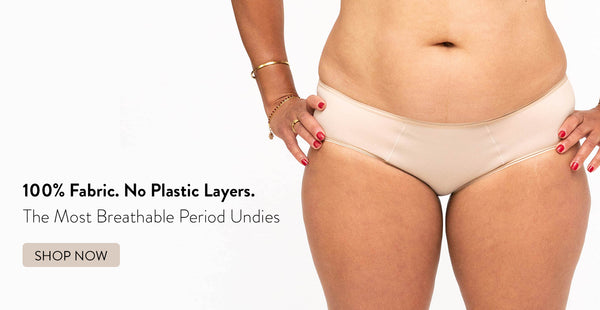How To Give Yourself a Monthly At-Home Breast Self-Exam
With an estimated 252,710 new cases of invasive breast cancer expected to be diagnosed in 2017, it has never been more important to be sure you are checking your mammaries every single month. According to Johns Hopkins, “Forty percent of diagnosed breast cancers are detected by women who feel a lump, so establishing a regular breast self-exam is very important.” Giving yourself a little feelski is serious business, so be sure to make it count because it could just save your life.
Just Breathe…
It’s okay to experience a little pre-exam anxiety, even when it’s you in the white coat. Here are a few helpful hints to keep in mind to get the best results and not freak out too much.
- Examine your breasts several days after your period. Your breasts will be less tender and swollen during this time. Stay consistent with the day each month, so it becomes part of a routine.
- Remember, not only do self-exams help detect breast cancer, but they also keep you current with how your breasts look and feel.
- Finally, don’t panic is you find a lump; most women have lumps and bumps in the breast area for many various reasons. Only 20 percent of women who find a lump and have it biopsied have breast cancer.
Three Variations on the Breast Self-Exam
The old standard: Lying down
- Lie down with a pillow under your right shoulder while you put your right arm behind your head.
- Using your left hand, gently move the pads of your fingers (the flat part) around your right breast in a circular motion. Be sure to cover the entire breast and up into your armpit.
- Using light but firm pressure, squeeze the nipple. Check for any discharge or lumps.
- Repeat on the left side.
For the peeper: In the mirror
- With your arms at your sides, look at your breasts in the mirror. Then raise them overhead.
- Look for changes in the following: contour, swelling, dimpling of the skin, or any odd changes in the nipples.
- With your hands on your hips, flex your chest muscles. Look for the same changes mentioned above while you are flexing.
- Remember, most breasts are not a perfectly matched pair. One will be larger than the other or have different contouring or nipple size. Don’t worry about that – just know what your breasts look and feel like so you can tell if there is something unusual going on in your upper deck.
For the multi-tasker: In the shower
- While in the shower, move the pads of your fingers around the breast in a circular motion moving from the outside to the center, checking the entire breast and armpit area.
- Be on the look-out for lumps or hardening knots.
- Repeat on the other side.
- If you find anything suspicious, contact your health provider.
If you get especially stressed (or just want to be especially vigilant) about your breast health, journal each month’s findings so you can accurately track any changes in your breasts.

